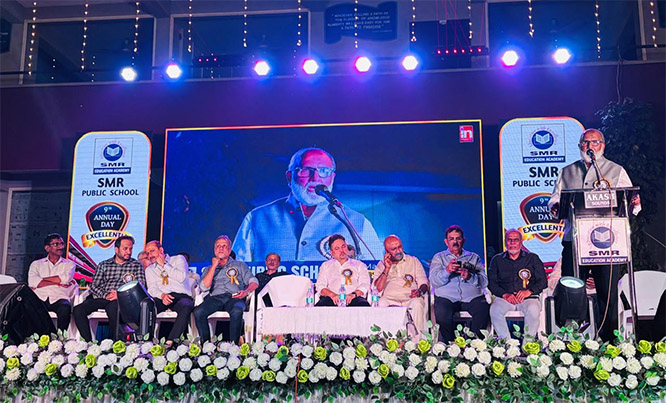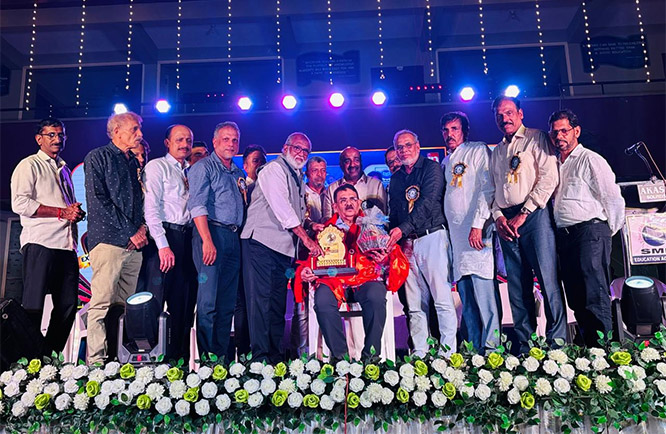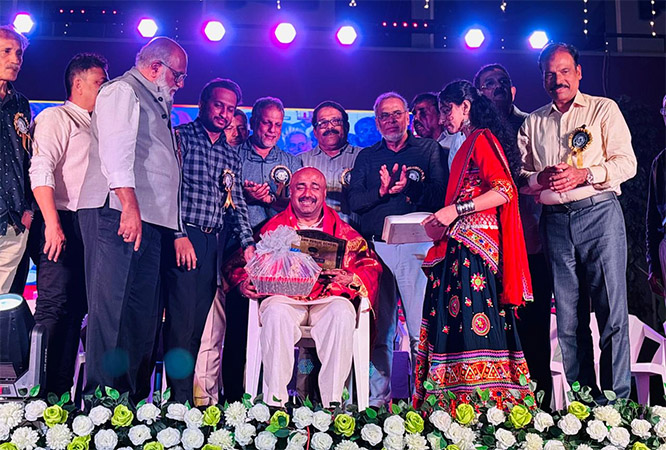The brutal killing of journalist-activist Guri Lankesh, who had extraordinary grit and determination to take on the system, has sent shockwaves across the country. As shock gave way to grief, it was clear the dastardly silencing of one of the most outspoken voices of Karnataka was something the Kannada world of letter would take a while to recover from.
Gauri, the eldest of three children of P Lankesh, noted writer and journalist, inherited her father's daring and fearlessness. After a prolonged stint with mainstream media, she arrived on the Kannada cultural scene when she took over her father's tabloid, Lankesh Patrike, and turned out to be one of the most trenchant critics of Hindutva extremism and communal politics in Karnataka.
Born in Shivamogga in 1962, Gauri grew up in Bengaluru and studied in National College, Basavanagudi and Central College. Becoming a doctor was a childhood dream but she studied in the Indian Institute of Mass Communication, New Delhi. She began as a journalist with the Times of India and worked for some time at its Bengaluru edition in the late 1980s. She later worked for various publications, including Sunday magazine, and later worked as the head of the New Delhi bureau of a Telugu TV channel.
After returning to Bengaluru, Gauri continued her father's Lankesh Patrike after the latter's death in 2000. Following a family feud, her brother Indrajit took over the magazine and she launched her own tabloid, Gauri Lankesh Patrike (GLP) in 2005.
Known for its anti-establishment views, GLP never took advertisements from the government or corporations. Through her writing and columns in her magazine, Gauri had been under attack from people with ideological differences. The magazine continued with her father's other publications like Lankesh Prakashana publishing house and Guide Prakashana, which provides study material for UPSC-like exams.
Gauri was one of the earliest to interview Naxalite ideologue Saketh Rajan, who moved to Karnataka and was gunned down. She clashed with police over restrictions on taking Saketh's body to a Bengaluru crematorium and had fierce exchanges with top police officials.
As a civil society member of the committee set up to oversee implementation of Surrender/Assimilation and Rehabilitation Policy for Left Wing Extremists, she worked steadfastly to bring to the Maoists to mainstream.
Through GLP she took on communal and Hindutva extremist forces head on. She was part of the Komu Souharda Vedike, which turned up wherever there were communal flashpoints and counselled reason.
In November 2016, Gauri was convicted in two cases of criminal defamation filed by BJP leaders against a story her magazine published in 2008. The Court of Judicial Magistrates of First Class in Hubballi in North Karnataka had imposed a fine of Rs 10,000 on Gauri along with a six-month jail term. Gauri applied for bail and was released.
In March this year, writer-activist Yogesh Master, who authored the controversial Kannada novel Dundhi, had his face smeared with black ink in Davanagere where he came to attend a book release organized by GLP. Gauri stood by Yogesh, who was under severe attack from Hindutva elements.
Gauri recently penned an essay in favour of the Lingayat community getting a separate religion tag and insisted that followers of philosopher-saint Basavanna were not Hindus, the latest point of disagreement with the right wing.
Hours before she was gunned down, Gauri posted on her Facebook page a story from an online website about the deporting of Rohingyas from India, which she strongly opposed.
“As a citizen of India, I oppose the communal and totalitarian politics of the BJP. I oppose the twisted interpretations of Hinduism and I stand against its caste system, inequality and gender discrimination,” she recently said in an interview to the newspaper.








Comments
Add new comment